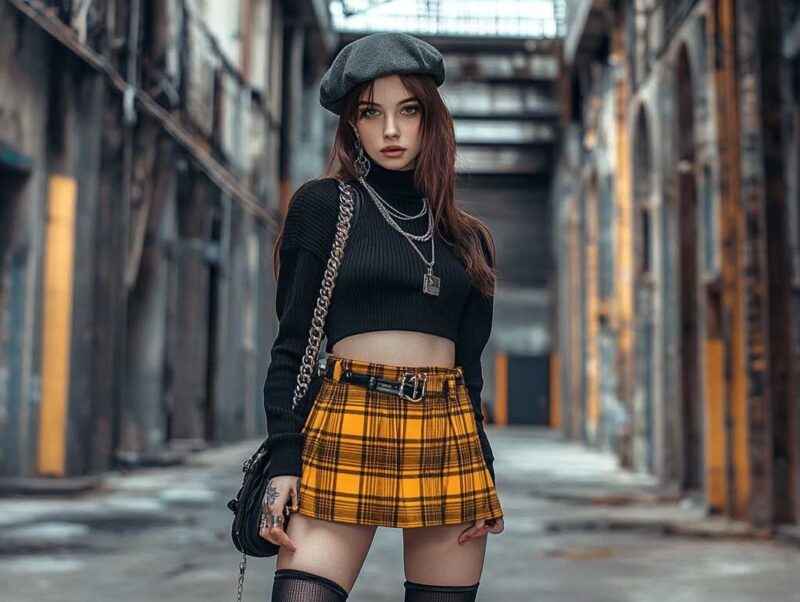If there’s one thing I’ve learned after years of overdressing for the wrong occasion (and underdressing for the one time it mattered), it’s this: the devil is in the details. The catch? So is disaster.
See, adding detail to an outfit sounds like a good idea until you’ve got four competing prints, three accessories that all jingle when you walk, and a hat that screams try-hard. Been there. I once wore a pocket chain, a tie clip, a scarf, and a fedora to a casual dinner. My date looked like she’d walked in with a street performer.
So if you’re trying to elevate your outfit without turning it into a costume, here’s what actually works—and what to avoid, unless you enjoy being mistaken for someone attending the wrong event.
Why Details Matter More Than You Think
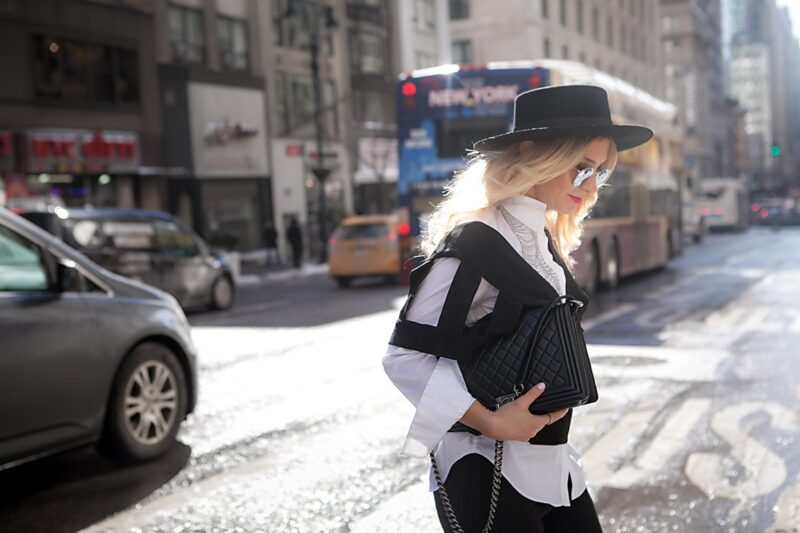
Details aren’t just about fashion—they’re signals. They show that you care, that you’ve got a point of view, and that you didn’t just throw on whatever was clean. The right details can make a plain outfit look sharp and intentional.
But here’s the kicker: too many details scream insecurity. Like you’re trying too hard to be seen. Subtlety, my friend, is the move.
Start With One: The Anchor Detail Rule
A lesson I picked up after a few sartorial beatdowns: only one standout detail at a time. That might be a bold watch, a patterned sock, or even something as simple as an embroidered patch. Pick your hero and let the rest of the outfit support it, not compete with it.
One of the easiest—and honestly most fun—ways I’ve found to do this is with custom pins. Hear me out. I used to think pins were for backpacks and high school clubs. But now? I’ve got one of my favorite bands on my denim jacket, a minimalist design on my tote, and a cheeky coffee pin that somehow makes my Monday outfit look like I tried.
They’re small, personal, and don’t hijack the entire outfit. It’s a “Hey, this is me” without yelling it from the rooftop.
Layers That Speak, Not Shout
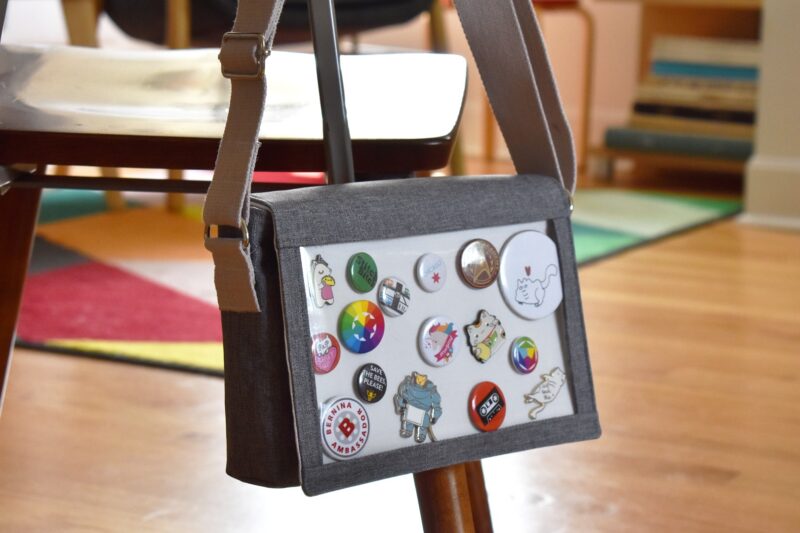
Layering is where a lot of guys go full chaos mode. I once wore a hoodie under a blazer with a scarf and a necklace. I thought I looked layered and street-style ready. I looked like I’d fallen into a closet and crawled out wearing everything I touched.
Smart layering adds depth without weight:
- A fitted denim shirt under a crewneck sweater
- A clean white tee under a chore coat
- A wool vest over a flannel shirt
Stick to 2–3 layers max unless you’re heading to the Arctic. Keep the color palette tight—muted tones play better when stacking textures.
Don’t Underestimate Texture
If you’re wearing all black or all neutrals (which I often do because it hides coffee spills and the occasional mustard mishap), texture is your secret weapon. A waffle knit instead of a flat tee. Suede instead of leather. Corduroy instead of denim.
Texture tells people: “Yes, this is a black outfit, but it’s not boring.”
Best part? You can mix textures without looking like a peacock. It’s detail without drama.
Accessories: The Pitfall and the Power Play
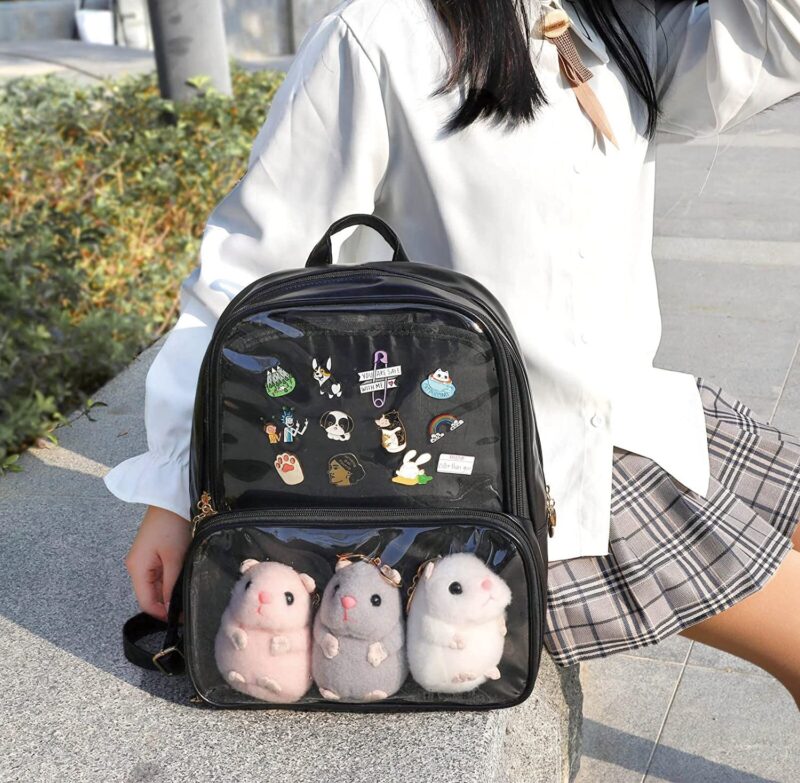
This is the section where I confess to having worn a beaded bracelet and a leather cuff and a ring and a watch. All on the same wrist. I called it “intentional stacking.” My friends called it “bracelet stew.”
A good rule: pick two accessory zones max. For example:
- Watch and necklace
- Hat and bracelet
- Socks and a belt with some personality
If you want to try something fresh, lean into one low-commitment item like a lapel pin, a single silver ring, or a soft scarf in a seasonal color. Make it feel like a part of your lifestyle—not like you’re auditioning for a streetwear blog.
Shoes: The Foundation That Pulls It All Together
You know what ruins a solid outfit? Running shoes that belong in the gym or shoes so clean they look untouched by life. Your shoes should speak the same language as your outfit.
Some ideas:
- A sharp white sneaker for casual layering
- A suede Chelsea boot to dress things up
- A worn-in leather lace-up to give rugged vibes
And if you’re going for detail, try colorful laces, a contrast sole, or even subtle embroidery. Just one, though. No LED soles unless you’re twelve or running a rave.
Mix Personal With Practical
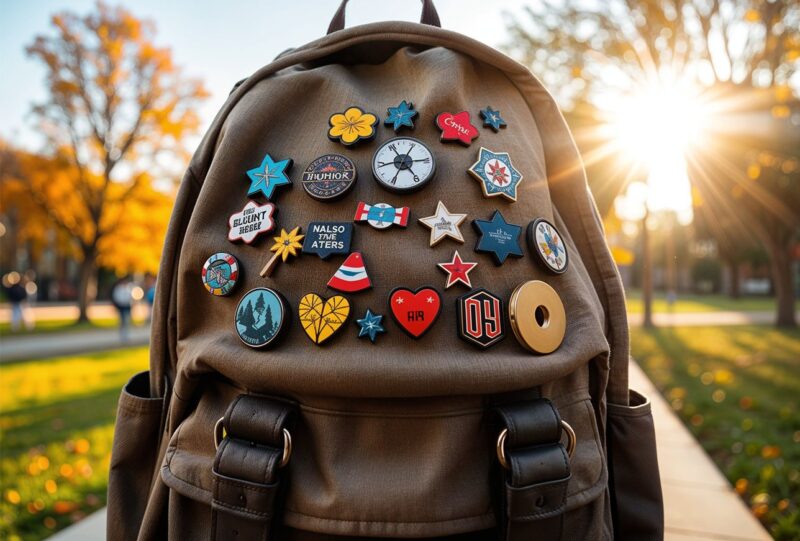
You can have an eye-catching detail that’s also useful. One time I wore a jacket with inside pockets and a pen slot. I thought I was a genius until I poked myself every time I leaned forward. The lesson? Function matters, but not all “clever details” are comfortable.
Things I do recommend:
- A crossbody bag with a fun strap
- A baseball cap with your city’s lesser-known team
- Custom patches that say something you’d actually say
That last one is key. You wouldn’t say “YOLO” out loud (please, I hope not), so don’t wear it on your back.
Don’t Copy—Curate
I used to save Instagram outfits thinking I could pull them off piece by piece. Spoiler: I could not. That guy with the trench coat, cargo pants, and neck chain lives in Tokyo and weighs 130 pounds. I live in a two-bedroom apartment and just want my jacket to not smell like takeout.
Instead of copying, curate:
- Take one thing from an outfit you like and try it with your own wardrobe.
- Translate style ideas, don’t transplant entire looks.
- Think “that color combo is cool” or “maybe I’ll try looser pants,” not “I need that exact sweater and hat.”
The best details are the ones that feel like you found them—not like they were assigned.
Final Thoughts From the Mirror
If I’ve learned anything from years of trying (and mostly failing) to look “put together,” it’s this: an outfit doesn’t need to scream to be confident. It just needs one good whisper. One pin. One jacket detail. One unexpected pairing.
Style is a conversation—between you, your closet, and the day ahead. And sometimes, it starts with something as small as a custom pin or a rolled cuff.
So add your detail. Make it count. But don’t let it drown out the whole story.

